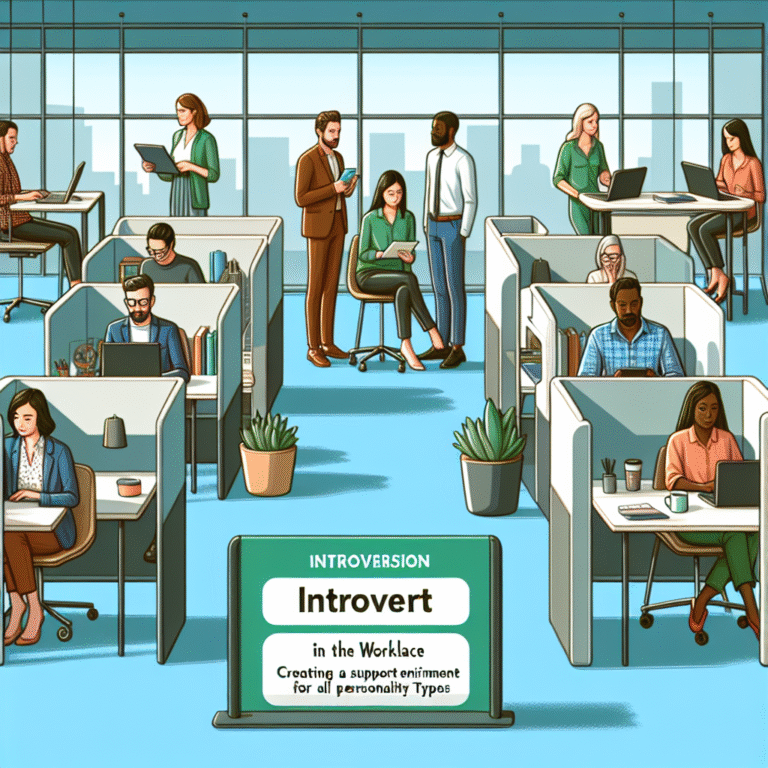
Introduction
In today’s fast-paced work environment, the idea of emotional burnout has become an alarming reality for many. “The Hidden Cost of Caring: Understanding Emotional Burnout in the Workplace” isn’t just a catchy phrase; it encapsulates a profound issue that affects productivity, morale, and mental health. As roles become increasingly demanding, the emotional toll often goes unnoticed until it manifests in devastating ways.
Imagine a dedicated employee, once vibrant and enthusiastic, slowly becoming detached and cynical. This transformation often stems from a blend of compassion fatigue and chronic stress. Understanding and addressing the hidden costs can be pivotal not only for individual well-being but also for organizational health. Together, let’s dissect the nuanced layers of this pressing concern and uncover vital paths toward resilience and recovery.
What Is Emotional Burnout?
Defining Emotional Burnout
Emotional burnout is a psychological state marked by chronic stress and frustration in the workplace. Symptoms may range from fatigue, anxiety, and insomnia to a sense of hopelessness. It’s a silent epidemic that can affect various sectors, particularly among caregivers, teachers, and healthcare professionals—those who often give more than they receive.
The Four Stages of Burnout
Honeymoon Phase: Initial enthusiasm and energy for work.
Onset of Stress: Feelings of stress begin to emerge, often overlooked as minor.
Chronic Stress: Experiences of prolonged stress without adequate coping mechanisms.
- Burnout: Complete depletion of emotional and physical resources.
These stages illustrate why it’s crucial to recognize early indicators to mitigate the prolonged effects of burnout.
The Hidden Costs Associated with Emotional Burnout
1. Decreased Productivity
The phenomenon of emotional burnout directly correlates with a decline in productivity. Employees under emotional strain often perform below their potential, leading to increased errors and inefficiencies. According to a study by the World Health Organization, burnout can reduce workplace productivity by 50%, costing organizations millions in lost efficiency.
| Impact of Emotional Burnout on Productivity | Statistical Findings |
|---|---|
| Reduction in Work Output | 50% |
| Increased Workplace Errors | 30% |
2. Higher Employee Turnover
Teams grappling with emotional burnout see a higher turnover rate. The cost of replacing an employee can range from 30% to 400% of their salary, depending on their role and level of expertise. Companies that foster an environment addressing emotional health see a marked reduction in turnover, thereby saving significant costs.
3. Increased Healthcare Costs
Employees suffering from burnout often seek medical assistance more frequently. Issues like anxiety, depression, and cardiovascular problems can lead to hefty healthcare expenses for both employees and employers. Research shows that workplaces that do not address emotional health issues can incur medical costs that are 50% higher than those that do.
Case Study: The Tech Industry
In a recent case study in a tech company, an internal survey indicated that 60% of employees felt emotionally drained by their work. After implementing supportive measures such as counseling, flexible work hours, and employee wellness programs, the organization saw a 30% decrease in turnover and a sharp increase in employee satisfaction and productivity.
Recognizing the Signs of Emotional Burnout
Identifying emotional burnout early is crucial for intervention. Here are some key signs to watch for:
- Chronic Fatigue: Persistent tiredness even after a weekend or vacation.
- Cynicism: Developing a negative outlook towards work and colleagues.
- Inefficacy: Feeling inadequate or incapable in one’s role.
- Physical Symptoms: Frequent headaches, insomnia, or gastrointestinal issues.
Encouraging an open dialogue about mental health can help validate feelings and foster a more supportive workplace culture.
Strategies for Preventing Emotional Burnout
1. Promote Work-Life Balance
Encouraging employees to maintain a healthy work-life balance can prevent emotional burnout. Companies could implement flexible work hours and encourage regular breaks.
2. Establish Open Communication
Creating an open line of communication fosters trust. Regular check-ins can help managers identify team members at risk for burnout and enable them to provide necessary support early on.
3. Provide Mental Health Resources
Offering access to mental health resources such as counseling or workshops can significantly lower stress levels and show employees that their well-being is valued.
The Role of Leadership in Mitigating Burnout
Leading by Example
Leaders play a pivotal role in addressing emotional burnout. By practicing self-care and prioritizing mental health, leaders can set a positive example. Companies with leaders who openly discuss their own challenges with burnout see greater acceptance and normalization of these issues among employees.
Recognizing and Rewarding Efforts
Acknowledging contributions and celebrating small wins can boost morale. When employees feel valued, their emotional investment in the workplace deepens, reducing the risk of burnout.
Case Study: Healthcare Sector Initiative
In a healthcare setting, a leadership initiative aimed to reduce burnout through "thank you" programs resulted in a 40% decline in burnout symptoms among staff. Leadership’s proactive approach fostered a culture of appreciation, markedly improving employee morale.
Creating a Supportive Workplace Culture
Encourage Team Collaboration
Promoting a culture of teamwork cultivates camaraderie and mutual support, which can alleviate feelings of isolation often accompanying burnout.
Offer Development Opportunities
Opportunities for personal and professional growth not only motivate employees but also show investment in their long-term career satisfaction, reducing the chances of burnout.
| Cultural Changes to Cultivate | Expected Outcomes |
|---|---|
| Open Discussion Forums | Reduced stigma on burnout |
| Team Bonding Activities | Increased engagement |
| Professional Development Programs | Enhanced skillset |
Conclusion
“The Hidden Cost of Caring: Understanding Emotional Burnout in the Workplace” is a pressing issue that requires immediate attention. By recognizing signs of burnout, implementing proactive support strategies, and fostering a culture of open communication, organizations can mitigate its impact. By investing in emotional health, both employees and employers reap significant rewards: enhanced productivity, reduced turnover, and improved morale.
Takeaway
It’s time to make emotional well-being a priority. When employees feel valued and supported, everyone wins. Be the organization that leads the way in understanding and addressing the hidden costs of caring.
FAQs
1. What are the primary causes of emotional burnout?
The primary causes include excessive workload, lack of control, workplace dynamics, and insufficient support from leadership or peers.
2. How can I identify emotional burnout in my team?
Look for signs of fatigue, cynicism, inefficacy, and changes in behavior. Regularly check in with team members to assess their emotional state.
3. What resources are available for employees experiencing burnout?
Companies may offer counseling services, mental health days, and employee assistance programs that provide confidential support.
4. Can emotional burnout be prevented?
Yes, implementing strategies such as promoting work-life balance, establishing open communication, and providing mental health resources can reduce the chances of burnout.
5. How can leaders support their teams in preventing burnout?
Leaders can support their teams by leading by example, recognizing employee efforts, and fostering a supportive workplace culture.
By understanding and addressing “The Hidden Cost of Caring: Understanding Emotional Burnout in the Workplace,” organizations can create a healthier, happier work environment. The future of work relies on prioritizing the emotional well-being of those who make it all possible.











